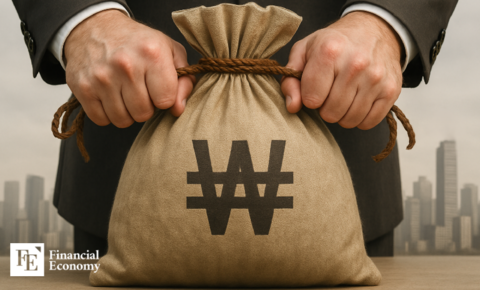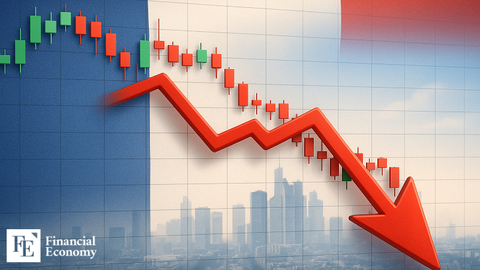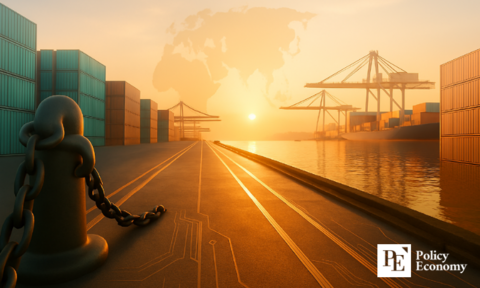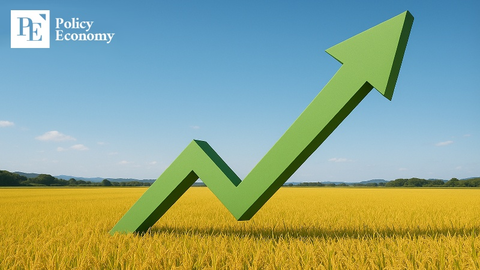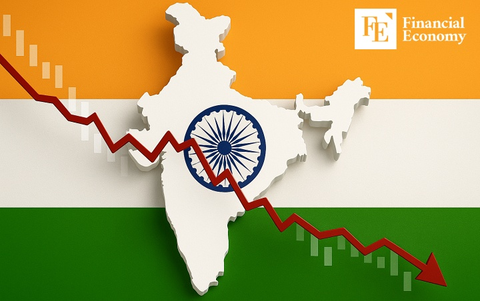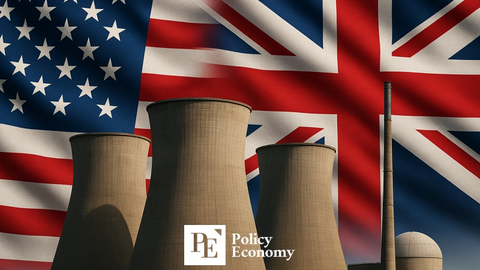U.S.-China Tariff War Escalating into All-Out War — Is the Hand Trump Holds Weaker Than Xi Jinping’s?
Input
Modified
Trump Faces Blame Amid China’s Full-Scale Counterattack If Prices of Chinese Goods Rise, Americans Will Suffer China Wields ‘Multi-Dimensional Retaliation Cards’ Including Rare Earth Controls
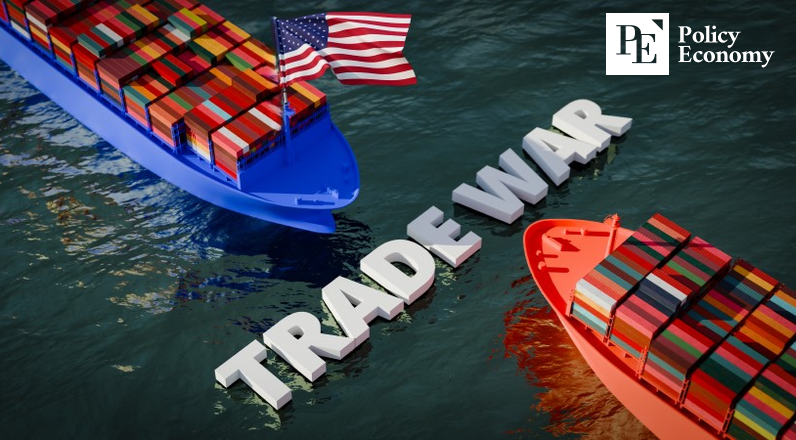
The world is watching as the two largest economies plunge headlong into an escalating trade conflict that is increasingly being likened to a high-stakes game of chicken. What began as a volley of tariffs has evolved into a multi-dimensional standoff with global consequences. China, facing aggressive moves from the U.S., has struck back with targeted export controls and symbolic blows such as freezing Boeing aircraft purchases. While President Donald Trump deflects blame toward Beijing, analysts argue that China’s long-term preparations and strategic resilience may be tipping the power balance in its favor—raising serious questions about who truly holds the upper hand in this tariff war.
Trump Brought Defeat Upon Himself
The intensifying trade clash drew sharp commentary from Gideon Rachman, Chief Foreign Affairs Columnist at the Financial Times. In an April 14 column titled “Why Xi Jinping Has More Leverage Than Trump,” Rachman asserted that President Trump is holding a much weaker hand in this "tariff poker game" with China. He warned that the longer Trump delays recognizing this imbalance, the more the United States stands to lose.
Rachman’s argument counters that of U.S. Treasury Secretary Scott Besant, who earlier claimed that China had little leverage, equating its position to playing poker with just two cards. Besant insisted the U.S. had minimal downside, given that its exports to China are only a fifth of its imports. From this perspective, China—being more reliant on exports—appears more vulnerable.
But Rachman dismantled this logic, explaining that China’s extensive exports to the U.S. actually increase its leverage, not diminish it. American consumers are not purchasing Chinese goods out of charity, he noted, but out of necessity. If Chinese products vanish from store shelves or rise sharply in price, the U.S. public would bear the brunt. With nearly 80% of iPhones and 75% of everyday goods like bicycles, fans, and toys originating in China, the shockwaves would be widespread. Rather than face public backlash over inflation and shortages, Trump may be forced to keep expanding tariff exemptions.
Beyond trade, China wields other formidable tools. It produces nearly half of the active ingredients in antibiotics relied on by Americans and supplies critical rare earth materials for U.S. military assets like the F-35 fighter jet. Moreover, it is the second-largest holder of U.S. Treasury bonds—a financial lever with global implications.
Rachman’s conclusion was stark: while Xi Jinping has room to absorb domestic missteps, as demonstrated during the COVID-19 crisis, the White House remains captive to public opinion. “Trump has set himself up for defeat,” Rachman predicted. “He will soon be forced to concede.”
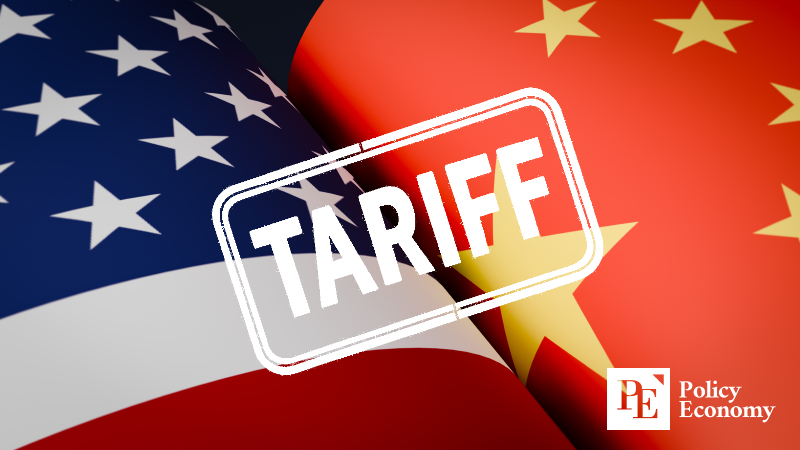
“U.S. vs China” Tariff War: Clash of the Titans
The tit-for-tat rhetoric quickly evolved into action. Just three hours before U.S. stock markets opened on April 4, China made a bold countermove by announcing—via state-run CCTV—a sweeping 34% tariff on all U.S. imports, to take effect on April 10. The timing and method of the announcement sent a clear message: this was no negotiation—it was retaliation.
The move hit hard. China is a top importer of key U.S. exports including corn, wheat, pharmaceuticals, crude oil, and natural gas, with total imports from the U.S. reaching $143 billion last year. Rather than engage in a traditional press conference that invites questions, China chose a direct broadcast, emphasizing its intent to dictate terms.
President Trump’s declaration a day earlier, on April 3, of steep reciprocal tariffs across all trading partners had already unsettled global markets. While countries like the European Union voiced swift objections, it was China’s reaction that would set the course for global economic disruption. With the U.S. and China comprising roughly 40% of global GDP, full-scale retaliation signaled the onset of a worst-case scenario.
The ripple effect was immediate. When markets opened on April 5, the S&P 500 fell 2.4% and kept sliding, while the Nasdaq plummeted over 4%. European markets didn’t fare any better—France’s CAC, Germany’s DAX, and the Euro Stoxx 50 all plunged nearly 5%. These sharp declines followed weeks of mounting anxiety over Trump’s tariff strategy, delivering another jolt to already shaky investor confidence.
Mighty U.S. Purchasing Power vs. Weakened Chinese Fundamentals
Despite the mounting tension, President Trump has shown no signs of backing down. On social media, he doubled down, declaring:
“China has made a miscalculation. They’re panicking. There’s nothing they can do.”
“To all the investors looking to invest heavily in the United States: my policies will not change. This is the greatest moment to become wealthier than ever before.”
But the stakes may soon extend beyond tariffs on goods. Analysts warn the conflict could spill into services, digital content, and capital markets. China remains the largest holder of U.S. Treasury bonds, while the U.S. is a critical source of capital and a major market for Chinese exports. If China were to sell off U.S. Treasuries, interest rates could spike—an outcome the Trump administration would be keen to avoid.
Given their deep economic interdependence, each side risks injuring itself through retaliation. Yet while China’s leverage is formidable, so is America's. White House Press Secretary Karoline Leavitt recently underscored this point: "Aside from being bigger, China is no different from any other country. The world wants what we have—the American consumer."
Both sides will inevitably incur economic costs. However, many argue that China faces a steeper climb. Grappling with deflationary pressures, rising unemployment, slowing growth, and a fragile real estate sector, China may lack the economic stamina for a drawn-out conflict. These vulnerabilities expose the limitations of Beijing’s position and suggest that while China may appear resilient on the surface, its economic foundations could buckle under the strain of an all-out trade war.


